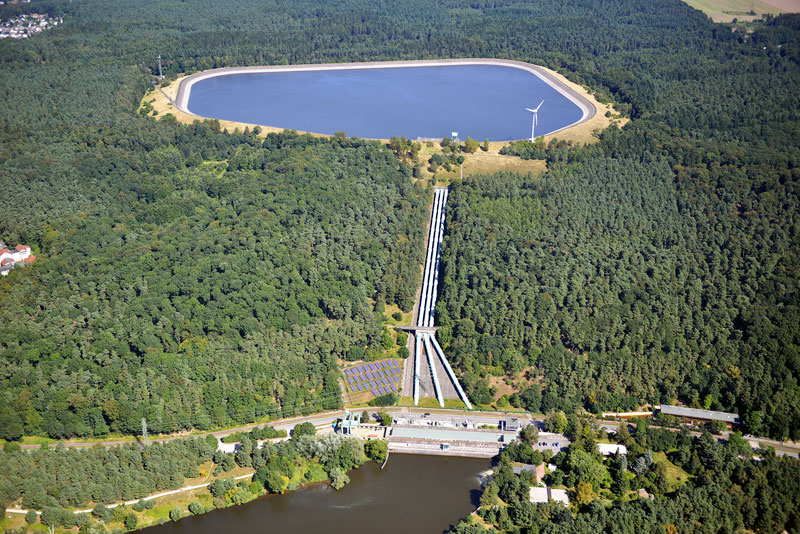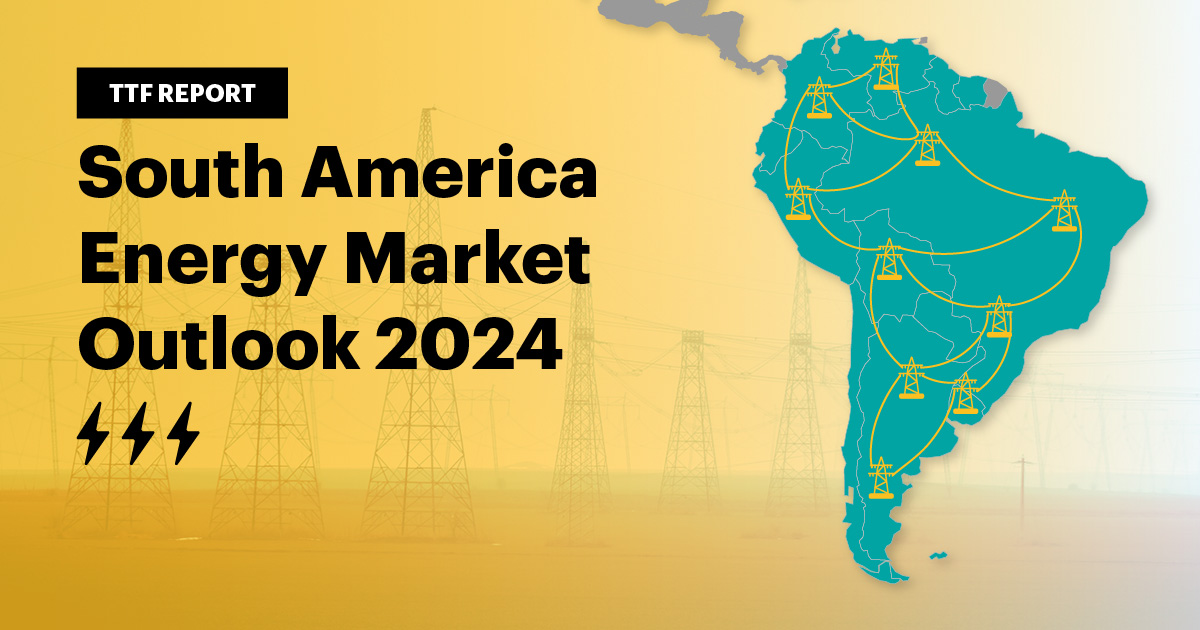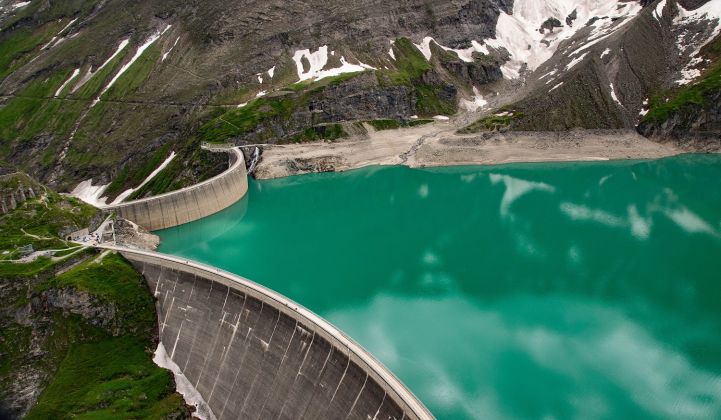
There continous adoption of pumped hydro storage systems (PHS) in South America from the increased energy demands. Pumped hydro storage aids in enhancing the stability and reliability of the region’s power grid. This is while integrating the use of more renewable energy sources. The integration of PHS with renewable energy sources provides a promising path toward a more sustainable and resilient energy future. The region’s topography provides natural advantages for the construction of PHS systems. South America also has the potential for new PHS projects in areas with suitable geographical conditions. Countries like Brazil and Chile are at the forefront of renewable energy development and integration. Integration of PHS projects into renewable energy systems allows for the expansion of energy storage capacity.
Resources necessary for pumped hydro storage
Pumped hydro storage systems in South America need a wide range of natural, technical, financial and human resources. The use of these resources ensure the availability and effective management of PHS projects. Natural resources for PHS projects include water, topography and land. Technical resources include use of turbines and pumps, powerhouses, reservoirs and pipelines. The projects also need capital investments and operational costs for their successful deployment. Human resources help in the development, operation, maintenance, planning and design of the pumped hydro systems.
Technologies for pumped hydro storage systems
Pumped hydro systems use a diverse range of technologies that help in their operation, efficiency and integration with the energy grid. These technologies promote and support the growth of renewable energy by integration with PHS. This integration helps to ensure a more stable and sustainable power grid. The technologies for pumped hydro storage will play a role in meeting the region’s energy needs. Discussed below are the technologies involved in pumped hydro storage development.

- Turbines and pumps – pumped hydro systems use reversible pump-turbines which can operate as a pump and as a turbine. There are PHS systems that use variable-speed pump turbines to allow for flexibility in operation. They allow the system to adjust the pumping and generating speed according to grid demand.
- Pumped conversion systems – this includes use of generators and motors coupled with turbines and pumps. The turbines drive the generators to produce electricity while the motors drive the pumps to move water to the upper reservoir. There are other electronics that include converters, inverters and transformers that help in controlling the flow of electricity.
- Pipelines – these are large pipes that transport water between the two reservoirs designed to handle high water pressure. They also use control valves that regulate the flow of water through penstocks. This is to ensure the system can switch between pumping and generating modes.
- Control and monitoring systems – this may include the SCADA systems that provide real time monitoring and control. The systems collect data from sensors and control units across the PHS facility.
- Grid integration technologies –pumped hydro storage systems integrate into smart grids which use advanced communication, control and automation technologies. These help in managing the flow of electricity and allows the PHS systems to respond to changes in supply and demand.
- Renewable energy integration – there are several projects in South America that combine hydropower with renewable sources. Some PHS reservoirs have floating solar panels that help reduce water evaporation and generate solar energy.
Benefits of the storage systems in South America
Pumped hydro storage systems provide several benefits to South America’s energy infrastructure. The systems help the region to transition to a more resilient and sustainable energy future. The following are the benefits of pumped hydro storage systems in South America’s energy infrastructure.

- Enhanced grid stability and reliability – PHS systems can store excess electricity generated during low demand periods. It then releases the stored energy during high energy demand periods. This helps to balance supply and demand helps stabilize the grid to prevent blackouts.
- Renewable energy integration – PHS systems have the ability to store renewable energy from wind and solar. This integration also helps to regulate the production of renewable energy to the grids capacity.
- Support for energy security – pumped hydro storage systems contribute to energy security by reducing reliance on imported fuels. They also provide backup power during emergencies to ensure operation of the infrastructure.
- Flexibility and scalability – PHS systems can switch between pumping and generating modes to provide a flexible resource. They can also be scaled to meet the specific needs of the energy grid.
